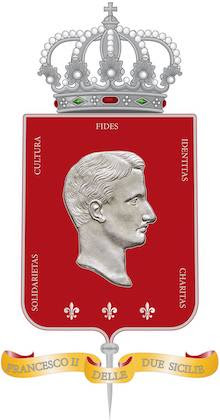 |
| Our Lady of Fatima, ora pro nobis |
"I shall come to ask for the Consecration of Russia to My Immaculate Heart…If people attend to My requests, Russia will be converted and the world will have peace.” ~ The Virgin Mary at Fatima (July 13, 1917)
In this dark hour, as the fires of conflict rage across the Middle East, consume Ukraine, and now threaten to engulf Iran, we raise our voices—not in hatred, but in warning, and in hope.
The world stands perilously close to the brink of a war that could devastate not only nations but also the very future of mankind. The specter of World War III is no longer a distant nightmare; it looms near, born of reckless pride and the ideological delusions of power-hungry madmen.
We condemn the warmongers on all sides—especially those among our own leaders—driven by power and profit, hell-bent on dragging these United States into yet another foreign conflagration.
And so, as children of a sorrowful age, we turn not to politicians or parties, but to Heaven. We humbly implore the intercession of Our Lady. In union with the faithful across the world, we renew the Consecration of Russia to your Immaculate Heart, as requested at Fatima. Though long delayed and imperfectly fulfilled, we pray that this act be accepted—in spirit and in truth.
A Solemn Act of Consecration to the Immaculate Heart of Mary
Most Holy Virgin Mary, tender Mother of men, to fulfill the desires of the Sacred Heart of Jesus and the request of the Vicar of Your Son on earth, we consecrate ourselves and our families to your Sorrowful and Immaculate Heart, O Queen of the Most Holy Rosary, and we recommend to You, all the people of our country and all the world.
Please accept our consecration, dearest Mother, and use us as You wish to accomplish Your designs in the world.
O Sorrowful and Immaculate Heart of Mary, Queen of the Most Holy Rosary, and Queen of the World, rule over us, together with the Sacred Heart of Jesus Christ, Our King. Save us from the spreading flood of modern paganism; kindle in our hearts and homes the love of purity, the practice of a virtuous life, an ardent zeal for souls, and a desire to pray the Rosary more faithfully.
We come with confidence to You, O Throne of Grace and Mother of Fair Love. Inflame us with the same Divine Fire which has inflamed Your own Sorrowful and Immaculate Heart. Make our hearts and homes Your shrine, and through us, make the Heart of Jesus, together with your rule, triumph in every heart and home.
Amen.



































